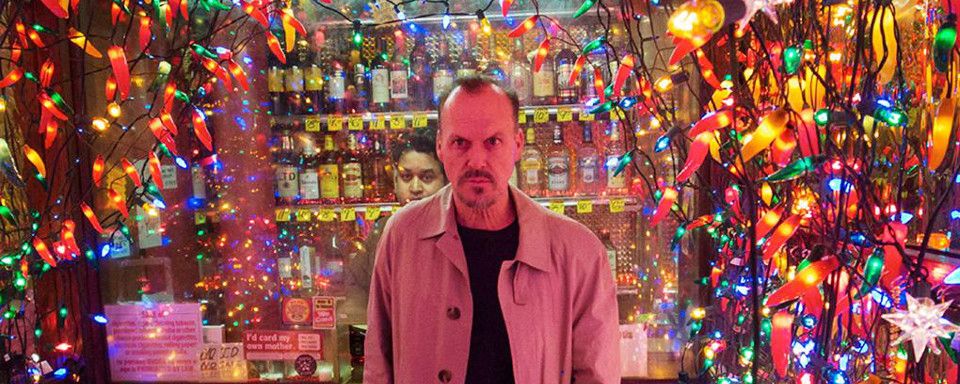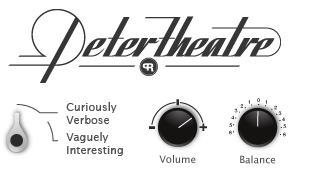Daring and Devilishly Good

Marvel's Daredevil image via theMovieDB.org
I wouldn't describe myself as a Marvel fan-boy nor an aficionado but I did grow up reading the Spider-man and Daredevil comics of the 70s when Hell's Kitchen really was a crime riddled neighbourhood and I was enthralled by Frank Miller's re-imagining of characters like Batman and Daredevil in the 90s. What I loved about those original Marvel comics were their placement in the real world of New York City and the interconnectedness of the heroes (now often referred to as the Marvel Comics Universe or MCU).
Now comes the Netflix series of Marvel stories which are unique to the oeuvre in how rooted to a real time and place they seem. Every thud or punch thrown is felt like a cracked rib. The characters eschew spandex costumes and logos and fight in gritty urban streets, rooftops and alleyways. Just as each of the series revolve around a singular character like Matt Murdoch, Jessica Jones or Luke Cage, (I’ll exclude Iron Fist for now, due to its failings) each show has its own look and voice despite being connected thematically by shared characters. Each show also has its own colour palette.

Daredevil. Interior, Indian Restaurant.
Instead of yellow boxes filled with hand-lettered captions, or thick black frames, these shows use colour to thematically and spiritually connect them to each other and their source medium, comic books. This approach of distinguishing the separate series by colour is obvious but I’m not sure I could say “red” = “fear” or something but in the early episodes, before Matt Murdoch dons a red suit, his silhouette is often drenched in red neon or framed against a red wall. It’s a great way to connect a television series to the lurid palette of comic books in a way that’s doesn’t seem contrived or convoluted but fitting to the medium and storylines. A lot of the episodes reveal themselves in the dark under artificial light. Murdoch describes his sense of enhanced vision as “a world on fire” and as if to echo this without special effects the sparks of a relationship that is beginning to bubble with Karen Page takes place in an Indian restaurant with the same myriad of coloured strings of lights as in the liquor store scene in Birdman. I doubt there was any intended connection but both scenes capture the weird magic of moments in our world within the world of film. I realize that last sentence is a bit of jibberish but I think those scenes stop us, the viewer, with the intention in both scenes of being a momentary pause in the swirling events of the character’s lives.

Jessica Jones, image via Wired
From a colour point of view, Jessica Jones is a standout. Her nemesis, Kilgrave from the comics is known for wearing purple but rather than have a psycho parading around in a purple suit (though he does fancy aubergine tinged suits), the show takes advantage of the location in a New York City neighbourhood at night where wet streets shimmer with the electric colouring of neon signs and street lights. Reflected light washes over many scenes in an almost theatrical way.

Luke Cage, image via Esquire
The Luke Cage series stands out in a different way. Its use of music and colour combine to add an even deeper resonance to the characters. Yellow is associated with the hero Luke Cage and there is an amber, almost nostalgic hue over the show. It also seems to touch on those earthy tones of 70s Blaxplotation films with iconic street level heroes finding justice amongst the brownstones of Harlem beneath sulphurous street lights.

Spike Lee's Do the Right Thing
Of course there are too many films that use colour thematically to mention here but in the context of New York three come to mind immediately. Spike Lee’s Do the Right Thing, set on a the hottest night of a heat wave in a New York’s Bed-Stuy neighbourhood poured reds and yellows that pop everywhere to heighten the temperature and tension and overflowing anger that leads to the death of a black man at the hands of a white officer (sadly still a reality 28 years later).

Warren Beatty's Dick Tracy, image via themovieDB.org
Another film where primary reds, yellows and greens are as big as the characters is Warren Beatty’s Dick Tracy. Initially, I thought of the costuming, colours and prosthetics as too obvious but over the years it has come to feel more operatic and influential in the context of other comic book adaptations like Tim Burton's Batman. Lastly, the more recent Birdman starring Michael Keaton, which is only allegorically a “comic book movie” but there is the strikingly familiar scene in a tiny liquor store that surely was a trigger for the makers of Daredevil. Michael Keaton is in a whirlwind of emotion and indecision (and struggling with his sobriety) when he walks into a tiny liquor store lit only with strings of thousands of gaudy electric lights. The beauty of the scene only highlights its seediness and the swoon of the character’s emotional state (I’m guessing).

Michael Keaton in Birdman, liquor store interior
In the last few years, no comic book or film critic has failed to notice that while the characters of action adventure comics are taking flight on the big screen, the printed page languishes financially. Of course this has been the case for decades now and the actual comic book side of the business has become more of a loss-leader, a place to experiment and play with established and new characters and story lines. Whatever the case I hope the art and design of those artists continue to influence the movies they inspire.


0 Comments:
Post a Comment
<< Home